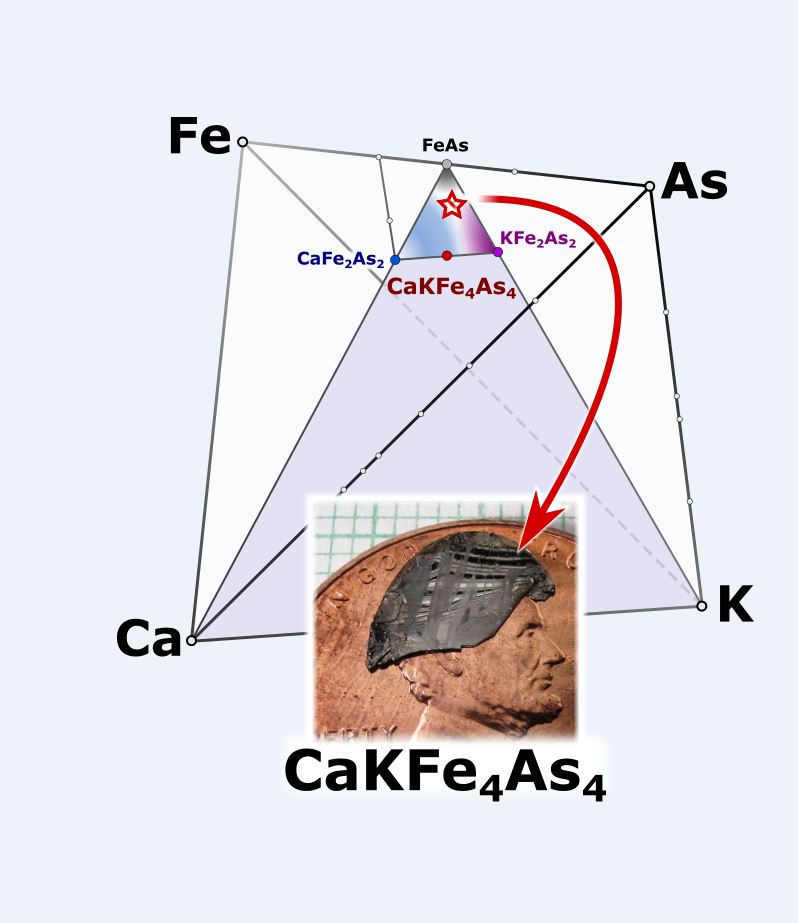Friday 28 February, seminario Prof. Jasper van Wezen
Title: NbSe2: a prototype strong-coupling charge density wave material
When: Friday 28th February, 15h30-16h30
Where: Módulo 03 (Sala de seminarios 509), 5th floor, Facultad de Ciencias
Speaker: Jasper van Wezel, University of Bristol
Abstract:
Niobium di-Selenide has been described as a prototype for quasi two-dimensional, weakly coupled charge density waves for decades. Recently however, it has become clear that the traditional weak-coupling picture of charge order arising from a Peierls-like instability cannot be straightforwardly applied to NbSe2.
A first indication of this discordance was seen already in early tunneling spectroscopy experiments, which seemed to indicate the presence of an unusually large charge gap [1]. In direct contrast with these observations, recent high-resolution ARPES measurements indicate that NbSe2 instead harbors an unusually small and anisotropic charge gap, which predominates on only one of its four Fermi surface sheets [2]. The picture is further complicated by the results of X-ray scattering experiments, which show that a range of phonons –rather than a single mode with well-defined wave vector– soften to zero energy at the transition temperature [3]. Finally, both STM and ARPES measurements have recently been used to show that fluctuations of the charge order survive up to many times the transition temperature, and to doping levels well beyond the critical concentration [4].
In this seminar I will argue that the unusual signatures of the charge order in NbSe2 can be contributed to the strong coupling between phonons and electrons in this material. Modeling the electronic structure and the relevant phonon modes, as well as their interactions, we find that the dependence of the electron-phonon coupling on both the momenta and the orbital characters of the scattered electronic states are essential for the consistent interpretation of the full range of available experimental data.
The electronic order in NbSe2 is indeed a prototypical example of charge density wave formation. But rather than the weak-coupling Peierls theory, I will argue it is best described using a strongly coupled scenario, in which the orbital structure and lattice properties rather than the geometry of the Fermi surface dominate the shape of the emerging electronic order.

